Dishing the Dirt: Part 2
One part of the Dandelion project is the Big Tattie Experiment where we will be giving away 250,000 potatoes of many different varieties along with growing medium to allow people to experience growing some of their own food. Bearing in mind that the term growing medium can refer to a wide variety of products, the Dandelion team asked soil scientist Dr. Audrey Litterick to create a medium unique to the festival. Dr. Litterick researched and sourced the components in consultation with Melcourt, a leading UK supplier of growing media to the amateur and professional markets.
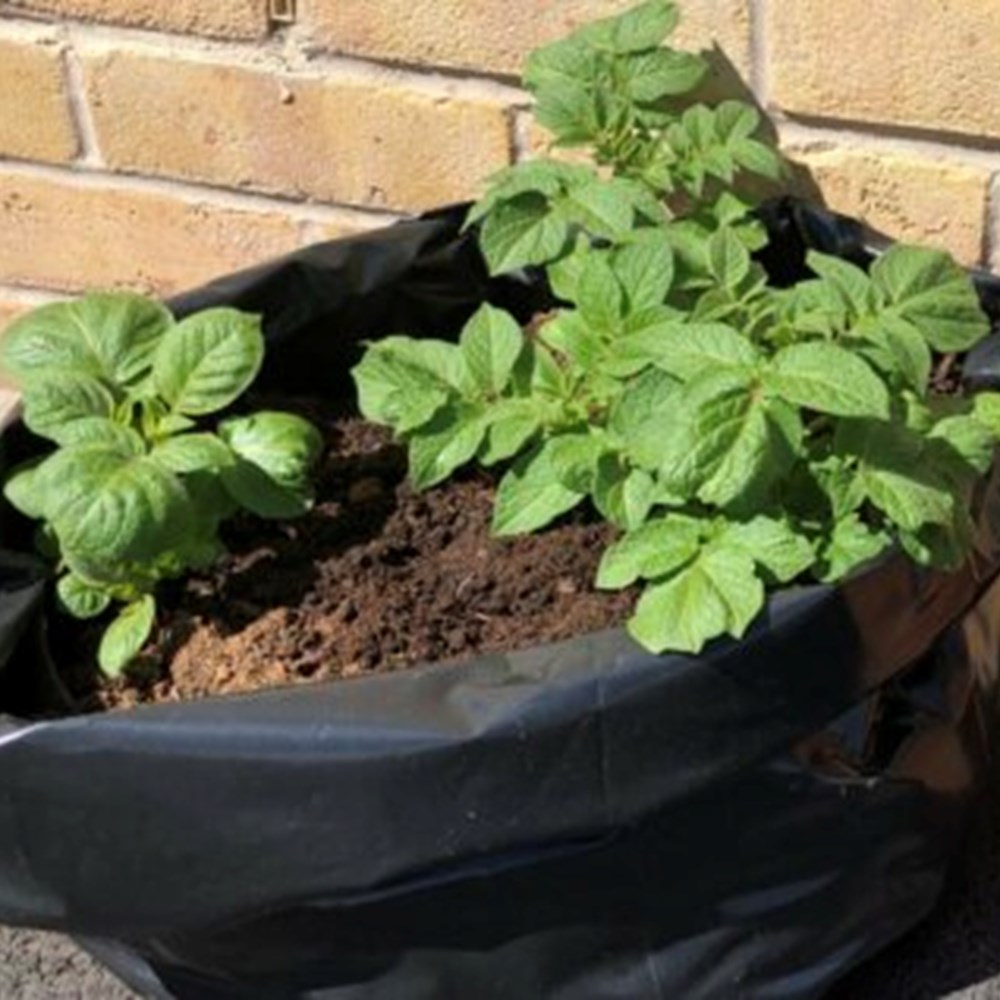
One part of the Dandelion project is the Big Tattie Experiment where we will be giving away 250,000 potatoes of many different varieties along with growing medium to allow people to experience growing some of their own food. Bearing in mind that the term growing medium can refer to a wide variety of products, the Dandelion team asked soil scientist Dr. Audrey Litterick to create a medium unique to the festival. Dr. Litterick researched and sourced the components in consultation with Melcourt, a leading UK supplier of growing media to the amateur and professional markets.
For most people, the best potato growing medium to use will be the soil in our own gardens. It is affordable and easy to obtain, and therefore very “green” in that it has not been transported a long distance. However, not all of us have easy access to soil and bearing that in mind, Dandelion set out to create a medium which would effectively grow potatoes but would reflect its green ethos and use as many local/UK based ingredients as possible.
The potato medium is made up of 30% green compost from Edinburgh. This compost is made entirely from garden wastes. As this compost is very nutrient-rich, it’s balanced with material such as wood fibre from Cumbria, bark from Gloucestershire, as well as coir (coconut fibre) which is useful for its low nutrient content, stable structure and water holding capacity.
This particular growing medium wouldn’t be appropriate for seedlings or young plants due to the amount of green compost in it. Although this makes our tattie growing medium sustainable, it is too nutrient rich for young plants and could burn their roots. Seeds carry enough nutrition to get young plants to a certain stage of development before any nutrient is needed, and therefore seed sowing and young plant growing media has little to no nutrition in it at all.
Why not peat?
Peat has been used as ingredient in many types of growing media for years. It was seen as good bulking material due to ease of availability, low cost, good structure and water holding capacity, in addition to being free from pests, diseases and weeds. However, peat bogs are a finite resource and an important habitat for many plants and animals. In addition to this, when properly managed they are what is called a “carbon sink” in that they store carbon. Draining and harvesting the peat releases this carbon into the atmosphere
So, for now: remember to keep your potatoes “earthed up” (cover the green leaves you see coming through the soil – this will keep them from being exposed to light and encourage more tatties to grow) and well-watered. In order to find out when yours will be ready to harvest, you will need to know what type you have and whether it is a “first early” (10-12 weeks until harvest), “second early” (around 13-14 weeks) or “maincrop” (15-20 weeks) – you can find this on the PDF on the Tattie page. Generally, they will be ready to harvest in the autumn, once the foliage turns yellow.
Enjoy growing!
Explore more
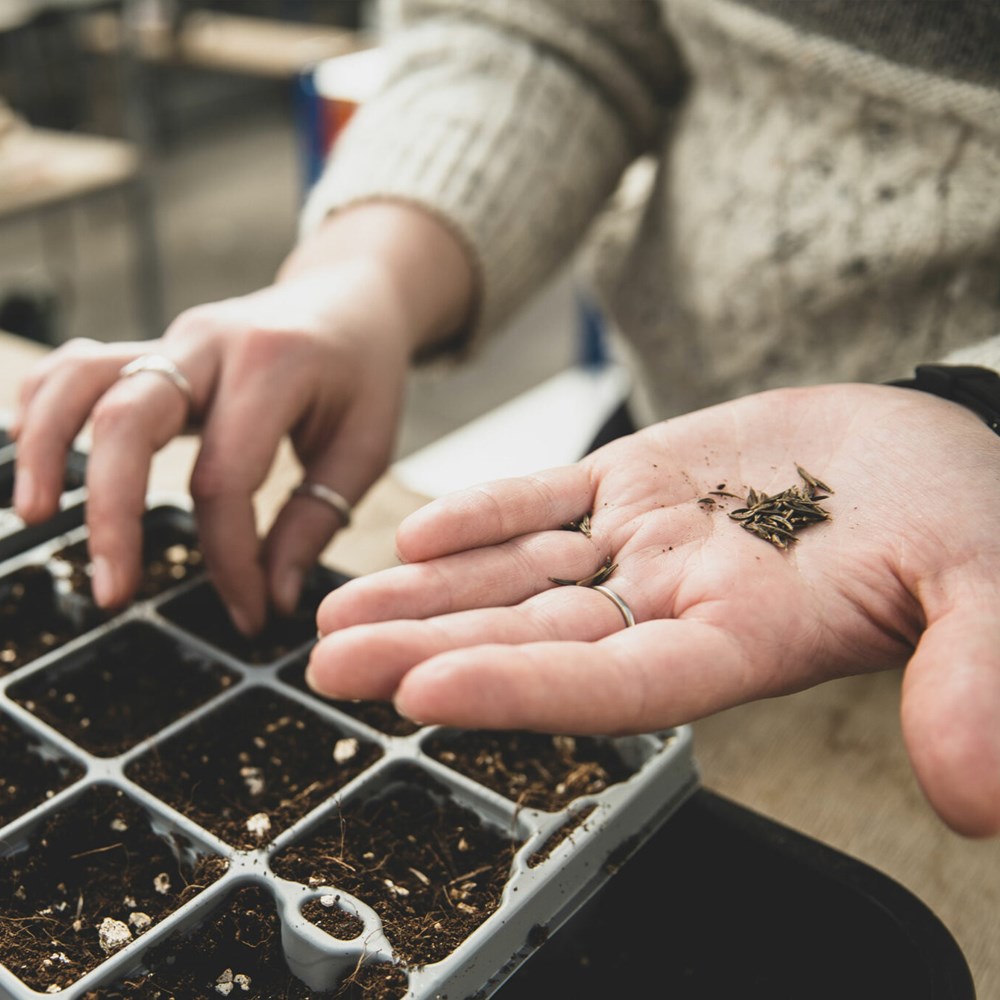
Dandelion Resources
Get growing advice, seasonal suggestions and celebrate the joys of looking after plants.
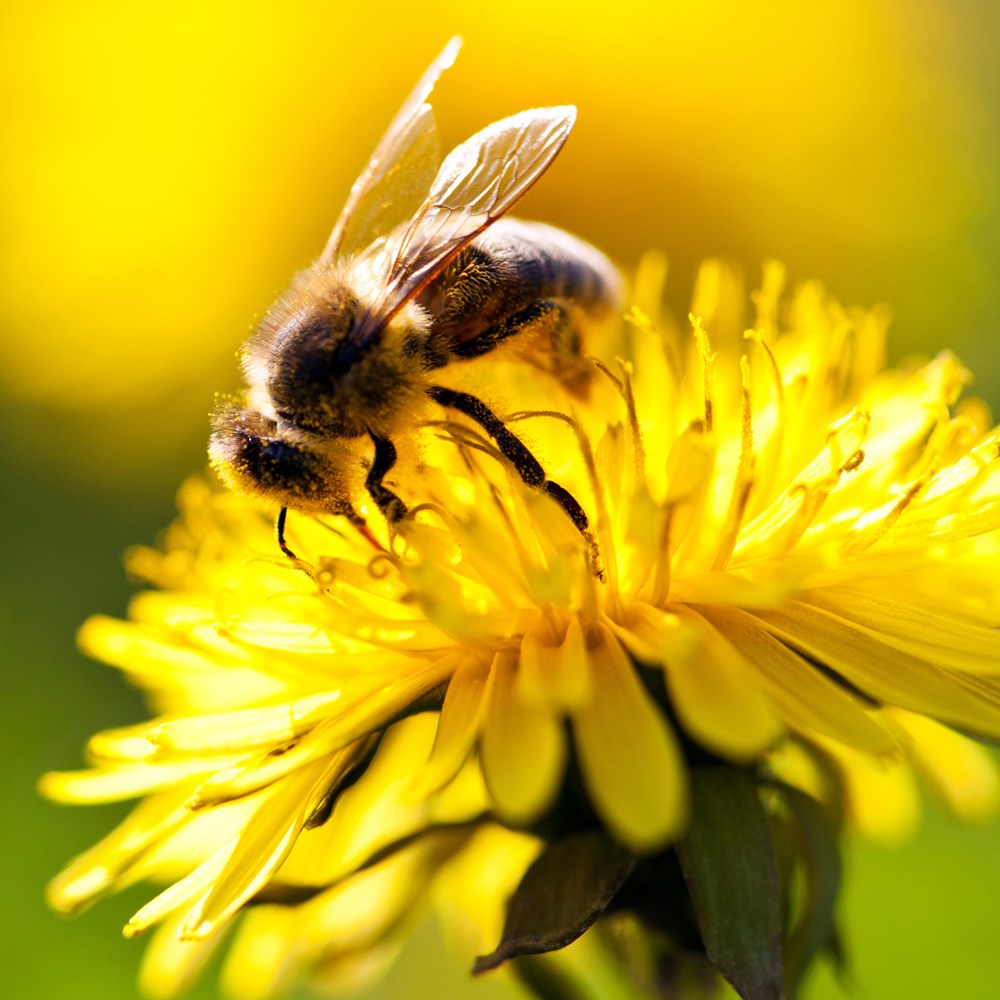
Dandelion Project
With the aim of re-establishing Harvest as an event on the national calendar, Dandelion brought together community development, horticulture, live music, learning, sustainable thinking and innovative arts practice to support the people of Scotland to sow, grow and share together.
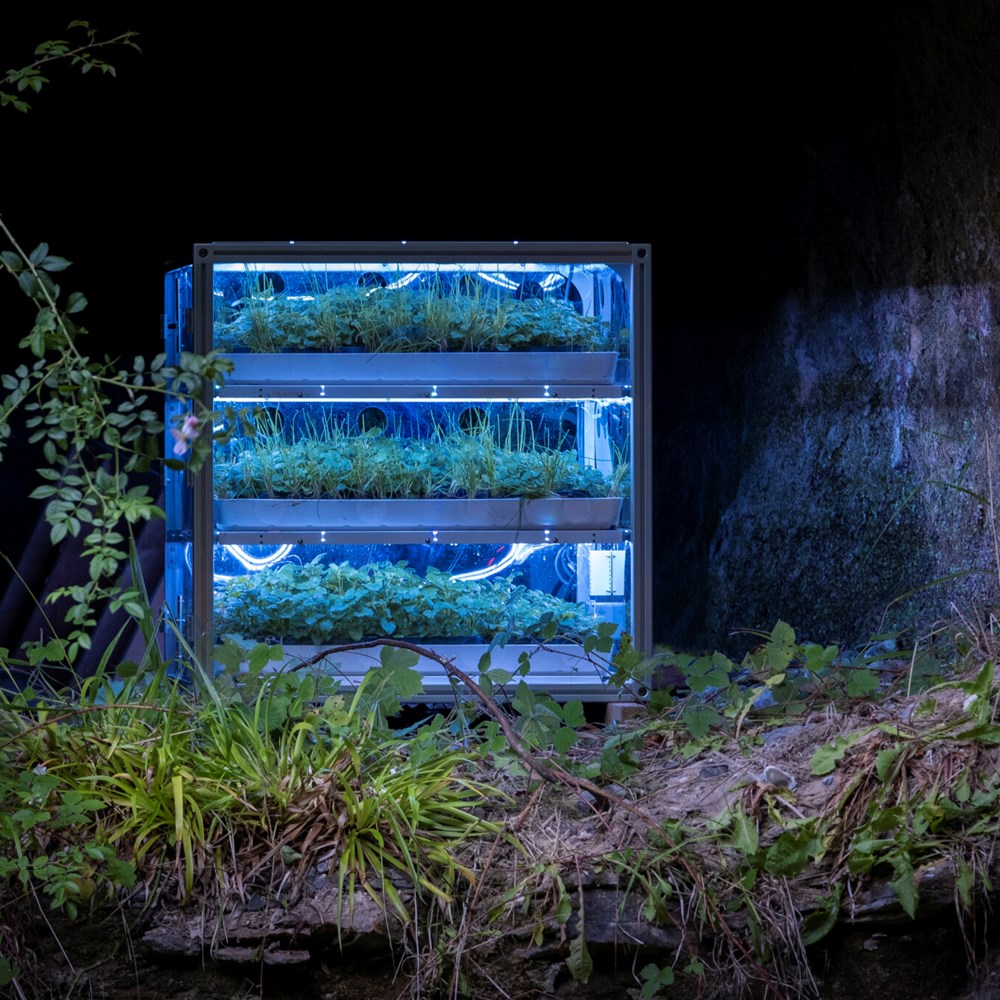
Dandelion Events
Dandelion culminated in in over 500 events as part of the largest-ever creative celebration of Harvest staged across Scotland.
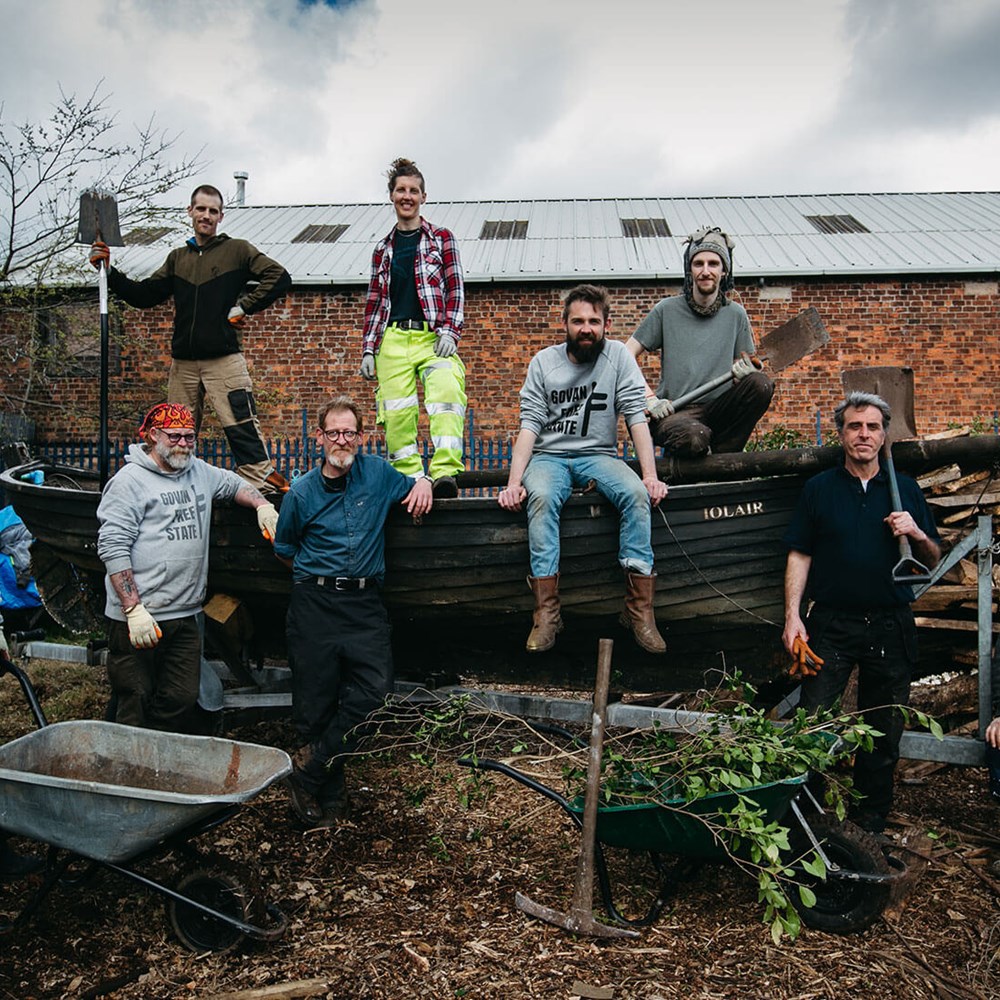
Dandelion Results
Dandelion's Unexpected Gardens sprang up all across Scotland and continue on today event after our programme has ended.
